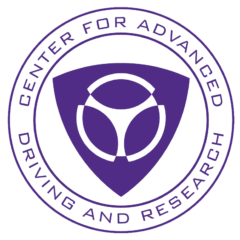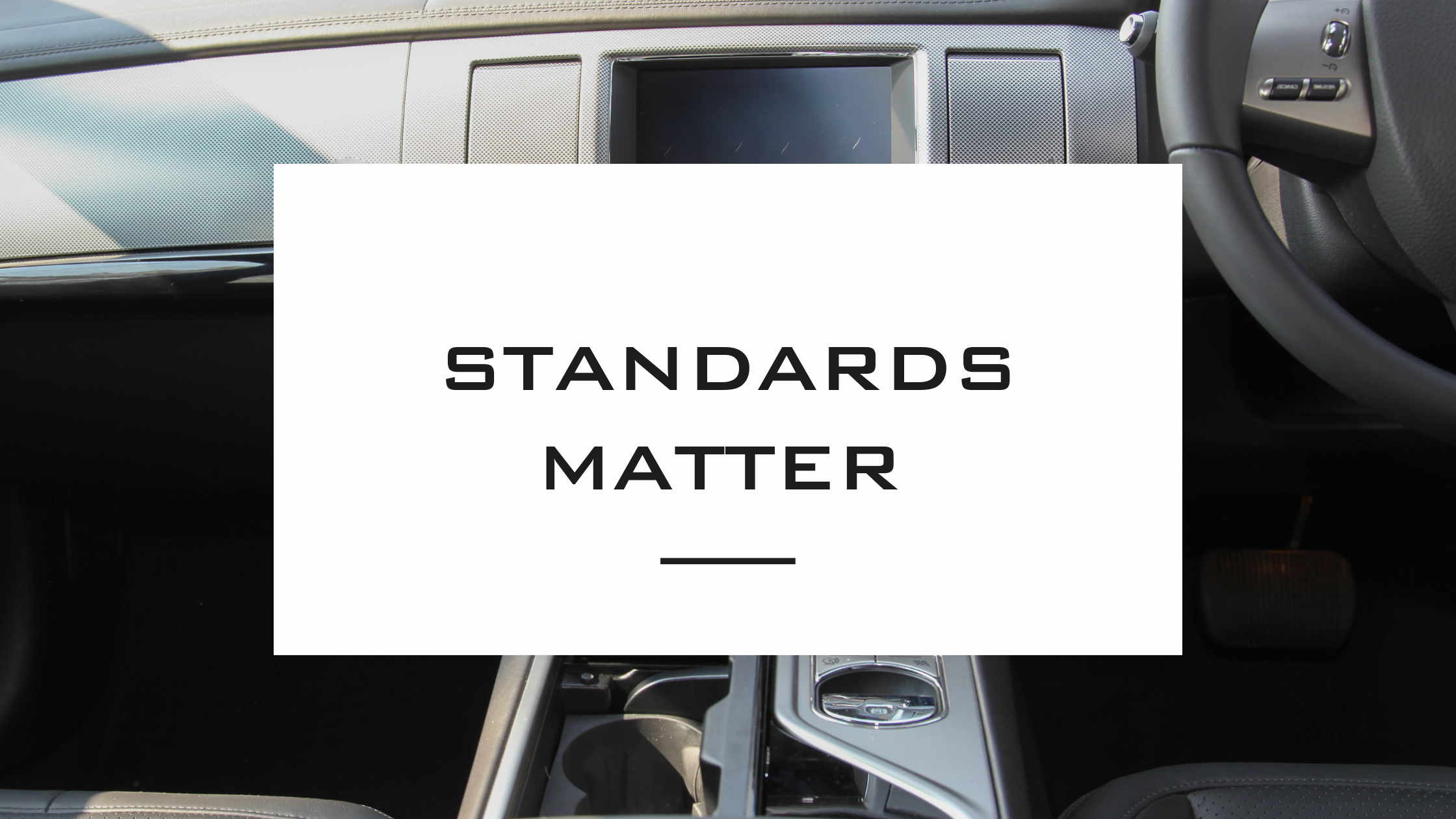For many parents, selecting vehicles for their teen drivers is based in large part to the crash ratings and the types of safety technology systems they’re equipped with. But when it comes to safety technology systems, we must understand these are merely “aids” or “tools” to assist the driver in safely controlling their vehicle and as such, they have limitations.
According to a research study released by the AAA Foundation for Traffic Safety, they found that all the safety hype surrounding these technology systems is leading to overconfident drivers. That overconfidence is the result of the driver’s belief that the system will protect them from their mistakes. Sadly, most drivers don’t understand how these systems function, how to use them or what their limitations are.
Take for example lane-keeping systems (LKS). From the marketing perspective, drivers are led to believe that if they get distracted and begin drifting out of their lane, the vehicle will either warn them or assist in correcting the vehicles position within the lane. But most people have no clue that these systems don’t work if you’re driving in fog or snow and are useless if the lines on the road are severely faded. So, failing to understand that important limitation can increase a driver’s confidence when the system is needed most and never realize it’s not even functioning.
Safety technology systems are marvelous inventions and driver aids but like anything else in life, it’s not enough to know “what” the system is supposed to do. Without education and training to understand how these systems function and serve to assist the driver, they not only become worthless, they can actually increase your risk for a crash. Recent high-profile crashes involving semi-autonomous vehicles prove this point. Drivers placed too much confidence in the system controlling the vehicle, ignored their responsibility as the driver and then died in the inevitable crash when the system didn’t perform to the driver’s expectation of its function.
There is no substitute for an attentive human behind the wheel. Safe driving should always include a comprehensive knowledge of the vehicle you’re driving, the safety systems it’s equipped with and full understanding of how they function. That’s the point where they add value to a driver’s safety.




